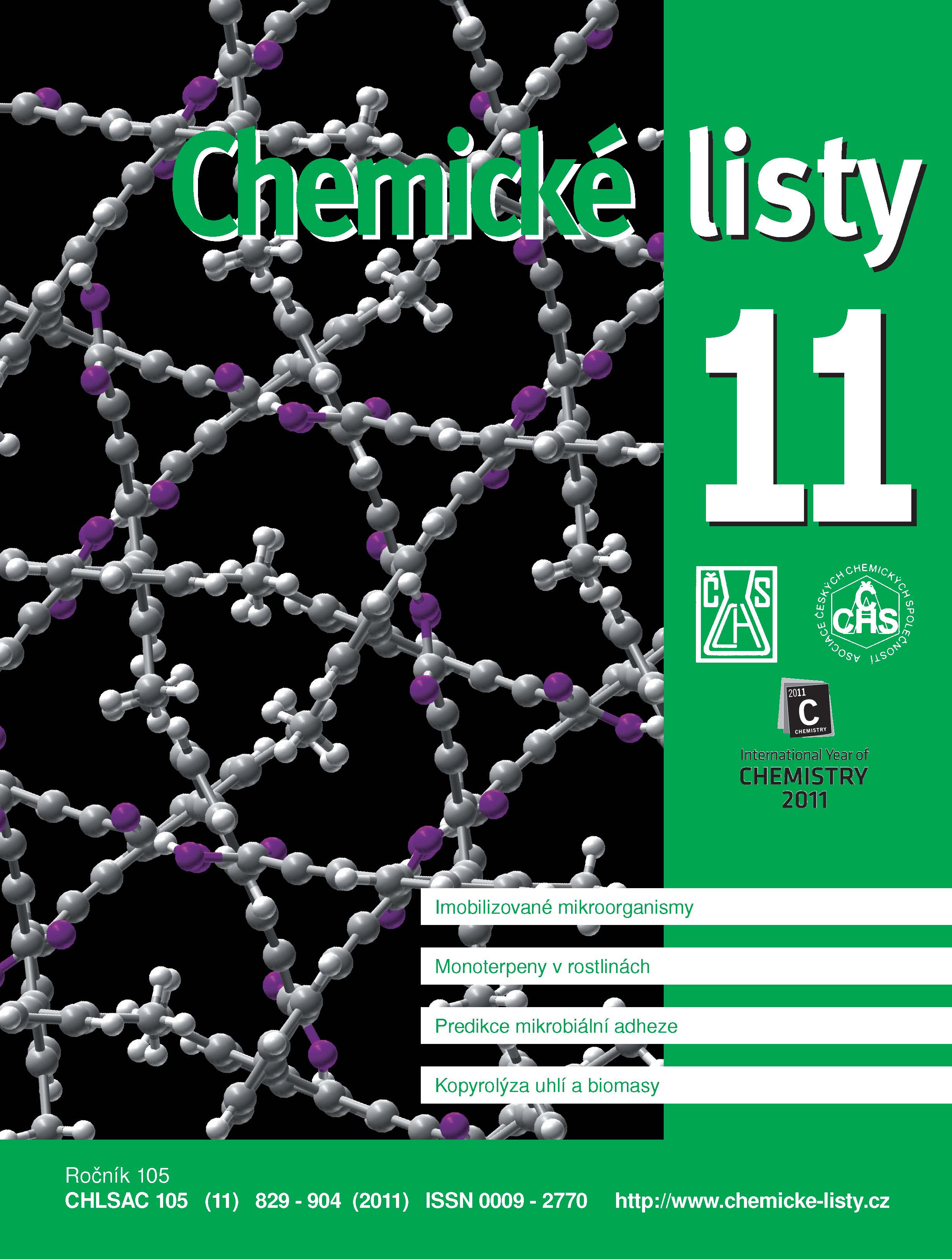Použití fyzikálně-chemických nástrojů pro predikci mikrobiální adheze
Klíčová slova:
adheze, biofilm, interakce, mezifázové napětí, fyzikálně-chemické přístupyAbstrakt
Microbial adhesion to solid surfaces has either important applications (immobilization) or negative (cause of illnesses, biofouling etc.) implications. This review summarizes the theoretical models that are able to predict quantitatively the cell adhesion to solid particles, based on physicochemical properties of the interacting surfaces, such as the thermodynamic balance of interaction energies, classical DLVO and extended DLVO (XDLVO) theory. It deals with their principles, advantages, limitations and (dis)agreements between model predictions and adhesion experiments.





